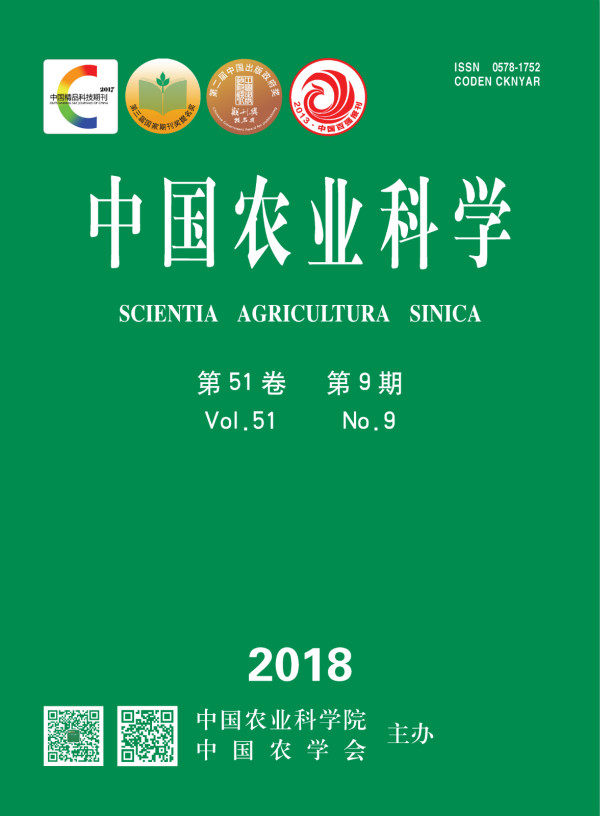【Objective】
Development of Ogura cytoplasmic male sterility (Ogura CMS) restorer lines is an effective way to utilize Ogura CMS germplasm resources. In order to obtain the Ogura CMS fertility-restored lines in Brassica oleracea, BC
2 fertility-restored individuals 15Q23 were backcrossed with Chinese kale parent, and the transmission rate (TR) of
Rfo restorer gene, genetic background, seed setting and
ploidy were investigated in the BC
3 Rfo-positive progenies, which will accelerate the creation the Ogura CMS fertility restorer lines in
B. oleracea. 【Method】
The BC2 fertility-restored individual 15Q23 with better fertility performance was chosen as male parent to backcross with Ogura CMS Chinese kale 15Y102. The BC3 progenies were produced and screened by the Rfo specific markers. The TR of Rfo in BC3 generations was calculated. Morphological identification, fertility observation, seed setting ability and ploidy evaluation were performed to select BC3 Rfo-positive individuals with better seed setting and genetic background similar to the parent Chinese kale; these individuals were then used as pollen donors to develop the BC4 generation. The TR of Rfo and ploidy of the Rfo-positive individuals in BC4 generations were evaluated. 【Result】
The pollen viability and seed setting of 15Q23 differed at different flowering periods, with an average of 0.07 seeds per pod (7%). The BC3 generations individuals were screened by Rfo-specific marker and the Rfo could be transmitted stably. The genetic similarity coefficients between BC3 individuals and Chinese kale 15Y102 were 0.81-0.92, higher than that of 15Q23 (0.73), indicating that the genetic background of BC3 individuals was closer to the parent Chinese kale. These results were further confirmed by the clustering result of morphological markers. Morphological observation revealed that the BC3 individuals were very similar to the parent Chinese kale 15Y102, whereas the growth vigor of BC3 individual was higher than that of the parent Chinese kale. Ploidy identification showed that most of the BC3 individuals were still close to tetraploid. During the flowering stage, all of the BC3 Rfo-positive individuals were fertility-restored and the pollen viability of them was different among different BC3 individuals. The individuals 16Q1-4, 16Q1-7, 16Q1-10 showed better fertility performance during the whole flowering period, and their pollen viability was above 75%. The individuals with >50% pollen viability were chosen as pollen donors to backcross with Chinese kale and their seed setting was calculated. Compared with other BC
3 Rfo-positive individuals, the seed setting of individual 16Q1-4 and 16Q1-10 was 15% and 9%, respectively, much higher than other BC
3 Rfo-positive individuals, and significantly higher than that of 15Q23 (7%,
P<0.05). Furthermore, the
Rfo could be transmitted in BC
4 generation and the TR of
Rfo was nearly 33%. Ploidy identification was performed among the 24 BC
4 Rfo-positive individuals, which were derived from 16Q1-4. The results indicated that the ploidy differed in the 24 BC
4 Rfo-positive individuals and the peaks of G
0/G
1 period in three individuals were close to that of parent Chinese kale. 【Conclusion】
The interspecific hexaploid hybrid was further backcrossed with Chinese kale to produce the BC3 and BC4 generations. The results indicated that the Rfo can be stably transmitted. Two individuals, 16Q1-4 and 16Q1-10, morphologically similar to parent Chinese kale 15Y102, have been successfully created with closer genetic background to Chinese kale compared with BC2 pollen donor 15Q23, and significantly improved seed setting.








